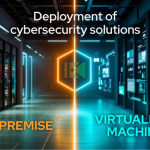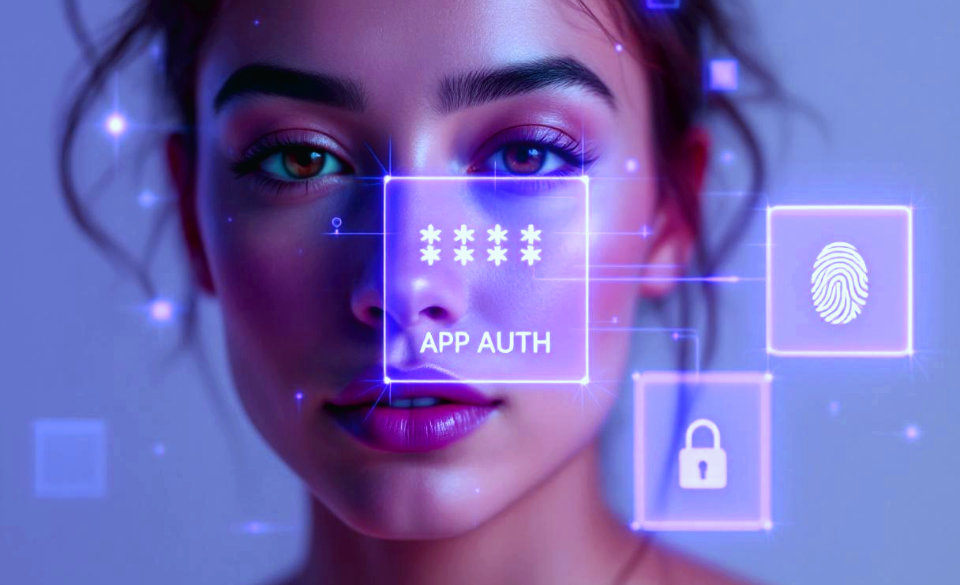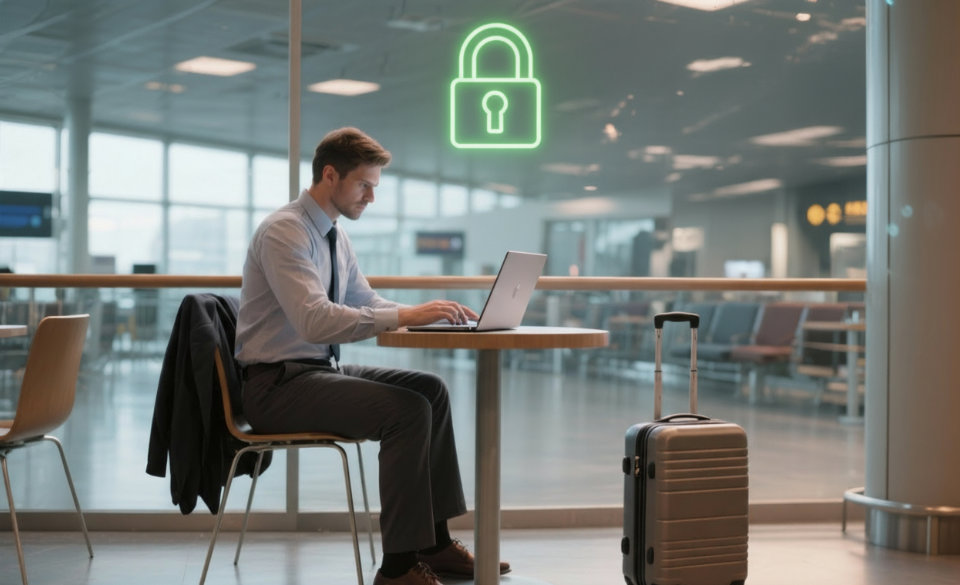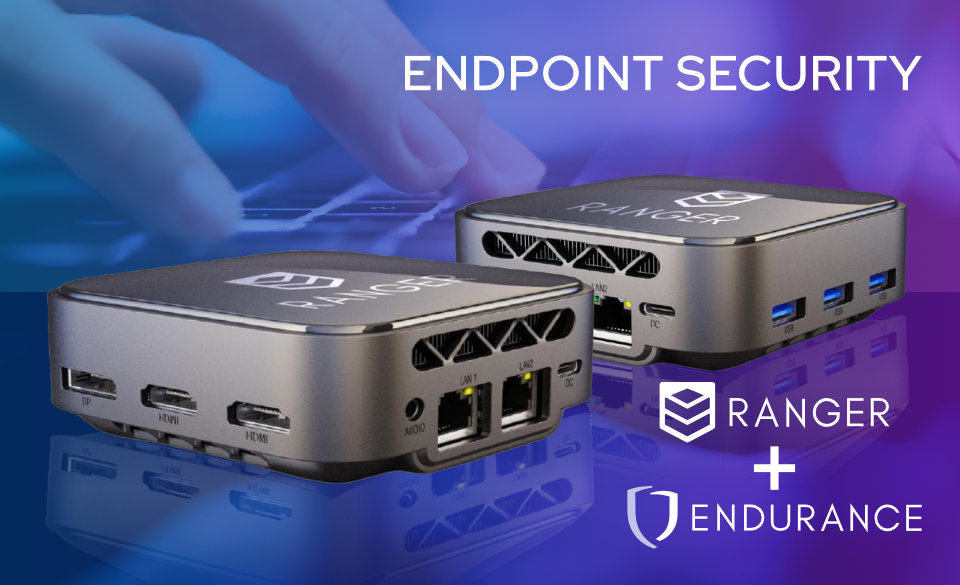
Efficiency, security, and savings in Call Centers
5 de June de 2025
On-Premise vs Virtualized: The playing field of modern cybersecurity
19 de June de 2025What is MFA? Multi-Factor Authentication is an advanced access control technique that requires users to verify their identity using multiple independent factors before granting access to systems or resources.
Authentication factors are usually grouped into three main categories:
- Something the user knows: password, PIN, answer to a security question.
- Something the user has: physical token, digital certificate, mobile device.
- Something the user is: biometric features like fingerprint, facial recognition, or iris scan.
The goal of MFA is not just to add another security layer, but to break the traditional authentication model based solely on passwords, which has proven vulnerable to attacks such as:
- Phishing
- Brute force
- Credential reuse
- Social engineering techniques
Deploying MFA involves implementing a system that integrates these factors into the user authentication flow. In enterprise environments, this can be done using physical authenticators, secure mobile apps, built-in biometrics, and context-aware policies.
How is it deployed?
Implementing MFA can be complex if not properly planned. It requires assessing the existing infrastructure, integrating solutions compatible with identity management environments (like LDAP or Active Directory), and defining clear policies on when, how, and for whom MFA will be applied.
An efficient deployment starts with a risk assessment to identify the most critical access points—for example, users with elevated privileges or remote access to production systems. Then, a progressive plan is established, including pilot groups, integration with centralized management systems, and preparation of training and support resources to minimize user friction.
What are the advantages of MFA?
Multi-factor authentication provides several measurable benefits from both technical and organizational perspectives. The most relevant include:
- Reduced risk of unauthorized access: Even if a password is compromised, the attacker still needs to bypass at least one additional factor.
- Regulatory compliance: Regulations like GDPR, NIS2, or ISO27001 require enhanced authentication mechanisms for critical access. MFA is widely accepted by auditors and regulatory bodies.
- Operational resilience: In environments where a single intrusion can disrupt services, compromise IP, or cause million-euro losses, MFA is a key preventive measure.
- Identity management efficiency: MFA is typically managed centrally. Choose a solution with full traceability and real-time reporting capabilities.
What are the drawbacks?
Despite its clear benefits, MFA presents certain operational challenges:
- User friction: If poorly designed, the authentication process may feel annoying or intrusive. The key is choosing factors suitable to the usage profile—integrated biometrics, push notifications, or quick tokens can improve user experience.
- Incident management: Losing a second factor (e.g., a mobile device) can lock out a user. Secure recovery protocols must be in place.
- Technology dependence: Some methods, like SMS codes, are vulnerable to attacks such as SIM swapping. Solutions should rely on robust and encrypted technologies, like those integrated in Endurance.
Is it foolproof? Why not?
No. While MFA is one of the most effective security measures available today, it is not infallible. Advanced attack vectors can partially bypass or undermine MFA if it is not part of a broader security architecture.
For instance, targeted phishing campaigns aim to steal temporary codes (TOTP) in real time. Malware can also intercept authentication factors on compromised devices. Moreover, if weak methods (like SMS) are used or if MFA is not applied contextually and dynamically, its effectiveness is greatly reduced.
That’s why MFA should not be seen as a standalone solution but as an integrated component within a defense-in-depth strategy.
Who should implement a MFA?
Multi-factor authentication should be implemented for all access to critical or confidential resources. This includes:
- Accounts with elevated privileges (admins, system operators, network technicians).
- Remote access (VPN, remote desktop, cloud management consoles).
- Applications handling sensitive information (CRM, ERP, financial or healthcare systems).
- External providers or mobile personnel.
It’s not just about protecting IT infrastructure, but ensuring operational continuity, data protection, and user or customer trust. In many organizations, access to industrial systems (ICS/SCADA), network consoles, or OT assets should also include MFA as part of a reinforced identity perimeter.
What happens if I don’t deploy a MFA?
Not implementing MFA today is equivalent to leaving the door open to cyber attackers. The statistics are clear: according to Verizon’s 2024 DBIR report, over 80% of unauthorized access incidents occur using valid but compromised credentials. Additionally, 61% of ransomware incidents originate from a compromised privileged account without MFA.
The consequences include:
- Exposure of sensitive data with reputational and legal impact.
- Operational disruptions due to sabotage or encryption of critical systems.
- Regulatory penalties for non-compliance with security standards.
- Incident response and recovery costs that can reach millions of euros.
Therefore, this is not just a best practice—it is a technical and legal obligation in many sectors.
How does Endurance facilitate its deployment?
Unlike solutions that treat MFA as an optional add-on, Endurance incorporates it as a native part of its security architecture. But its value proposition goes much further: MFA is just one of the many protective guarantees Endurance provides within its ecosystem.
Endurance enables flexible and customizable integration of multiple authentication factors, all within a hardened security environment that includes session isolation, continuous auditing, privileged access control, and logical segmentation of resources. MFA is therefore part of a truly in-depth defense—not just a box checked.
Moreover, its centralized console allows for coherent authentication management across all users, services, and resources, eliminating the typical complexity of MFA deployments. The advantage of using Endurance is not just deploying MFA, but deploying it correctly—seamlessly—within a solution designed to withstand modern attacks, scalable and adaptable to any organizational setting.
That’s why, when it comes to protecting critical access, it’s not enough to “have MFA.” It’s essential to deploy it within a control framework that strengthens, monitors, and acts when needed. Endurance does this—comprehensively.
In summary, MFA is a fundamental tool for the present and future of corporate cybersecurity, and Endurance is the solution that enables its effective, rapid, and fully aligned deployment with Zero Trust security models.




